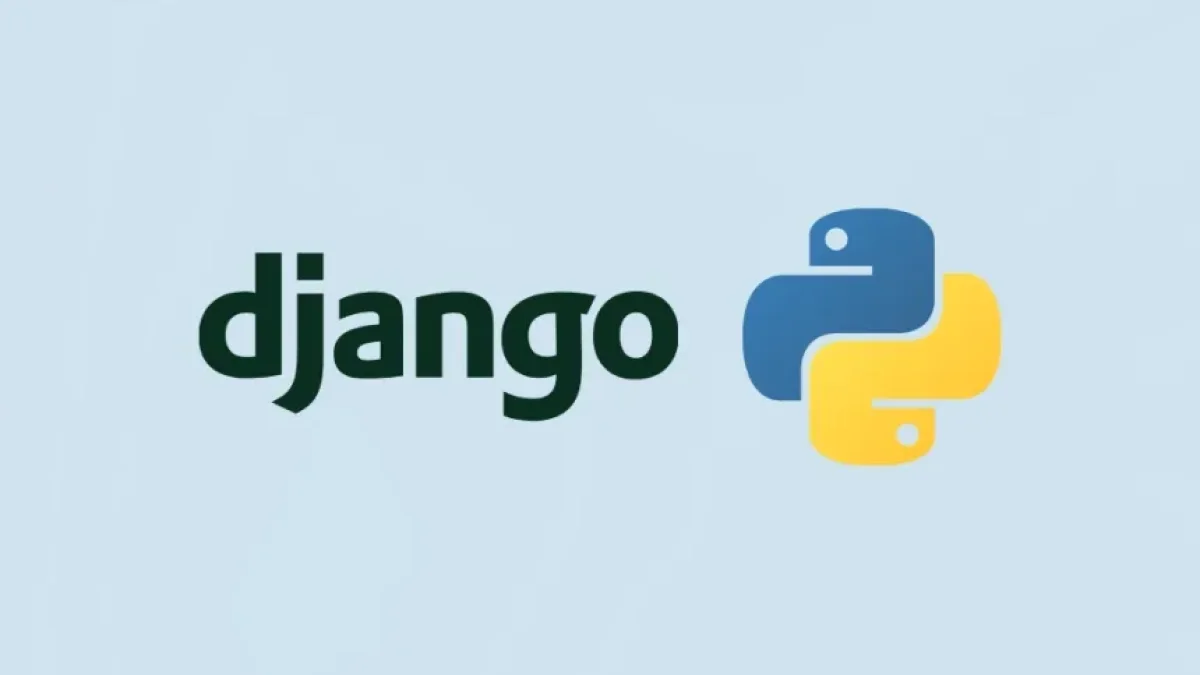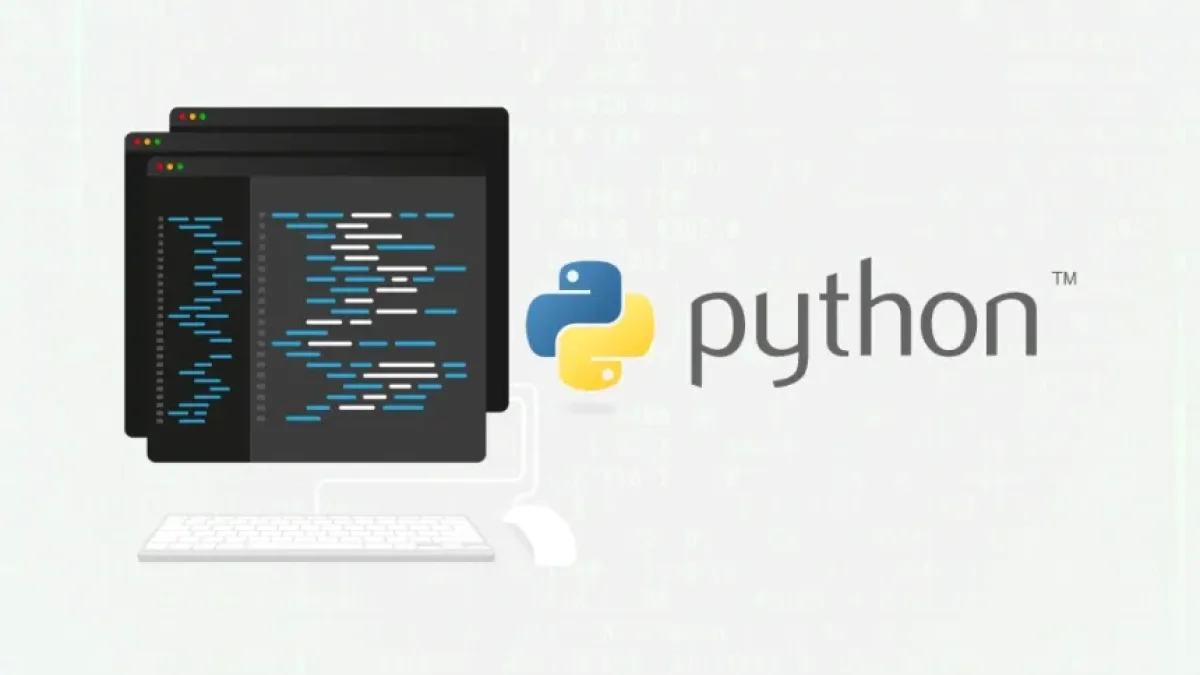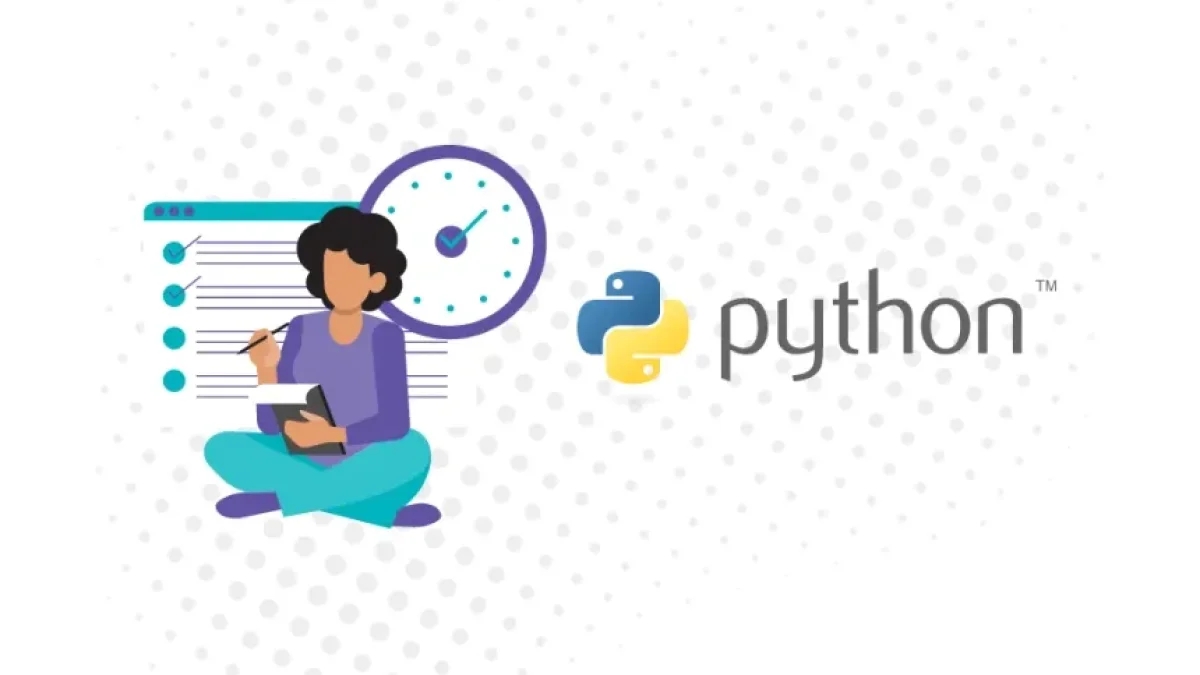What is Django Framework Python?


Django is a powerful web development framework based on the Python programming language. Designed to simplify and accelerate the process of developing web applications, Django has gained popularity among developers worldwide. In this article, we will explore in detail what Django is, its main features, advantages and disadvantages, and how to get started with it.
History of Django
Django was created in 2003 by a group of software developers working at the Lawrence Journal-World newspaper. It was initially developed to help manage web content efficiently. In 2005, it was released as an open-source project, allowing developers from around the world to collaborate and improve the framework.
Main features of Django
1. MVC (Model-View-Controller)
Django is based on the MVC design pattern, which facilitates the separation of business logic, data presentation, and user interaction. This not only makes the code cleaner but also improves the maintainability of the project.
2. ORM (Object-Relational Mapping)
Django's ORM allows interacting with databases using a programming language instead of SQL. This means developers can work with Python objects instead of having to write complex SQL queries.
Read also
3. Template System
Django uses a template system that separates the design from the application logic. This makes it easier to create attractive user interfaces and keeps the code organized.
4. Security
Django is designed with security in mind. It provides protection against common attacks like SQL injection, cross-site scripting (XSS), and cross-site request forgery (CSRF). Additionally, it automatically manages passwords by encrypting and storing hashes.
5. Scalability
Django is highly scalable, meaning it can handle applications of various sizes, from small projects to large e-commerce platforms. Its modular structure allows for adding or modifying components as needed.
Read also
6. Active Community
The Django community is one of its greatest strengths. There are plenty of resources available, including tutorials, books, and forums, which make troubleshooting and learning easier.
Advantages of using Django
- Rapid Development: Thanks to its architecture and built-in tools, Django allows developers to create web applications quickly and efficiently.
- Extensive Documentation: Django's documentation is very comprehensive, making it easy to learn and utilize its various features.
- Versatility: Django can be used to develop a wide range of web applications, from blogs to e-commerce platforms and social networking apps.
- Support for Multiple Databases: Django is compatible with various relational and non-relational databases, offering flexibility in technology choices.
Disadvantages of Django
- Learning Curve: Although Django is powerful, it can be complex for beginners who have no prior programming experience.
- Feature Overload: For very simple projects, Django might seem excessive, as it includes many features that may not be necessary.
- Performance: Compared to lighter frameworks, Django may have lower performance in very simple applications or those requiring high response speed.
How to get started with Django?
1. Installation
To start working with Django, you need to install Python. Then, you can install Django using pip:
pip install Django
2. Create a new project
Once Django is installed, you can create a new project by running the following command:
django-admin startproject project_name
This will create a basic directory structure for your project.
3. Develop an application
Within your project, you can create a new application using the following command:
python manage.py startapp app_name
An application in Django is a module that contains related components, such as models, views, and templates.
4. Run the development server
To see your application in action, you can run the Django development server:
python manage.py runserver
This will start a local server that you can access from your browser.
Conclusion
Django is a robust and versatile framework that simplifies the web development process. With its powerful features, an active community, and extensive documentation, it is an excellent choice for developers of all levels. Whether you are building a simple blog or a complex web application, Django provides the necessary tools to achieve your development goals.
If you want to make the most of Django, practicing with real projects and consulting the official documentation is recommended. Start your web development journey with Django today!



















